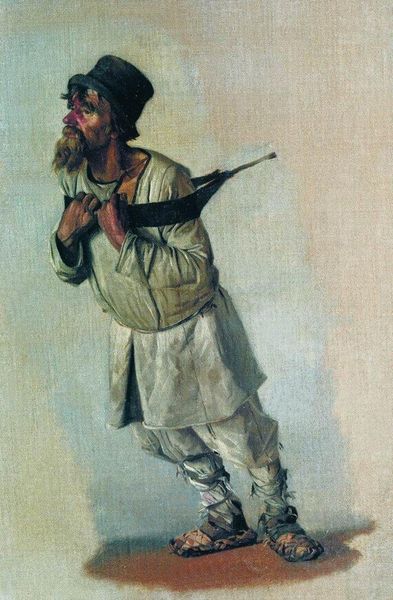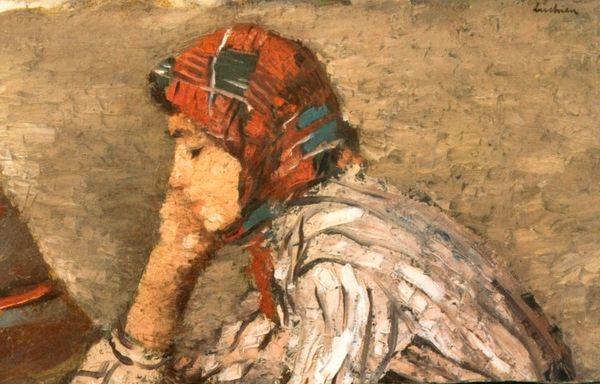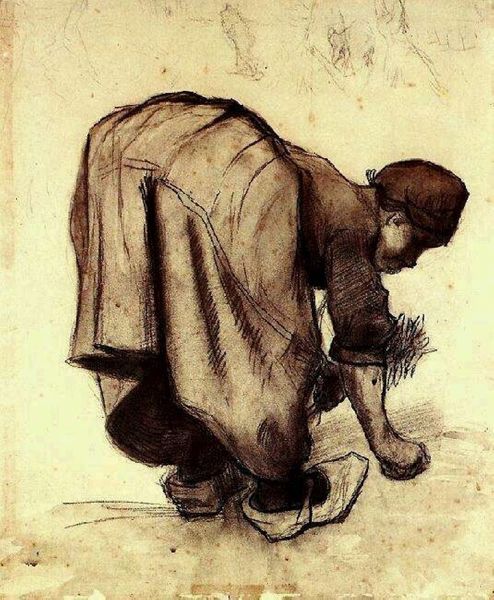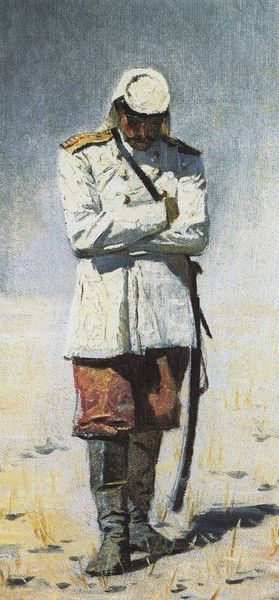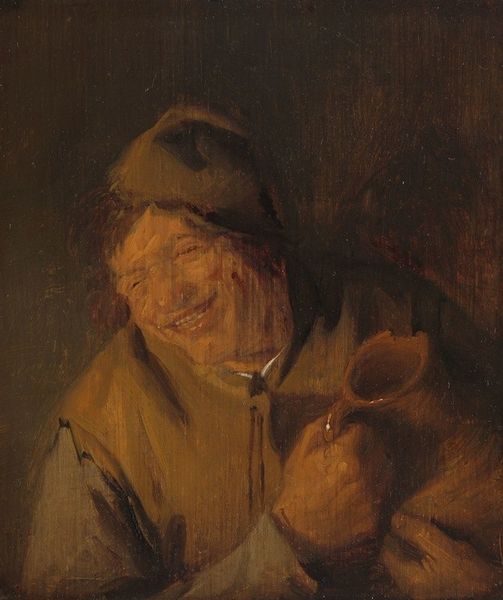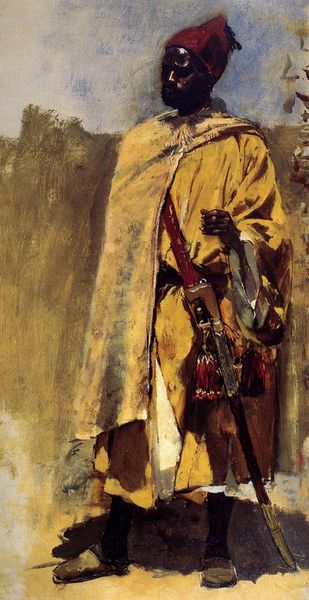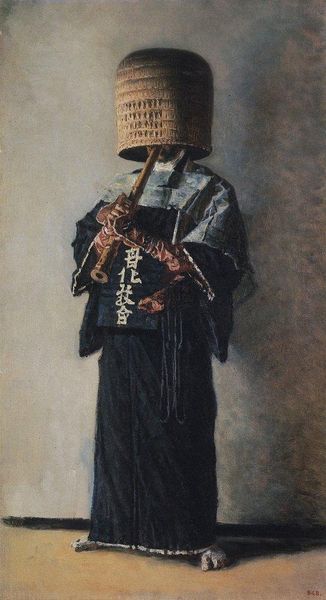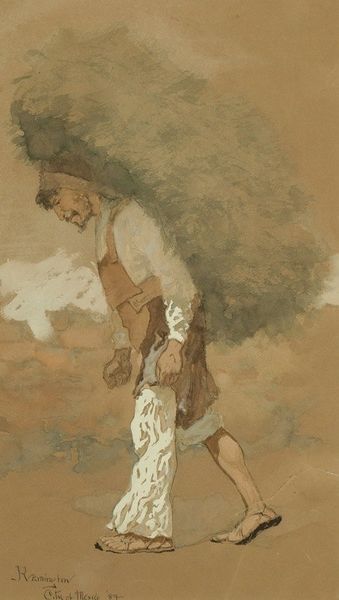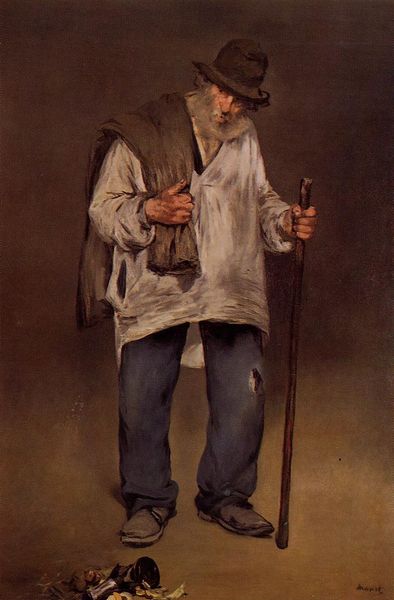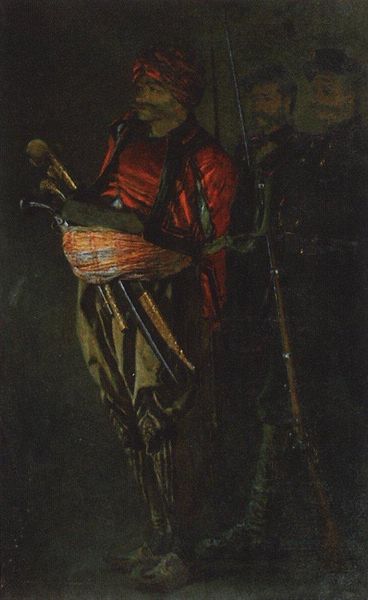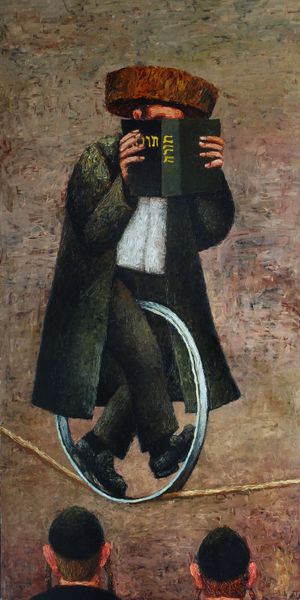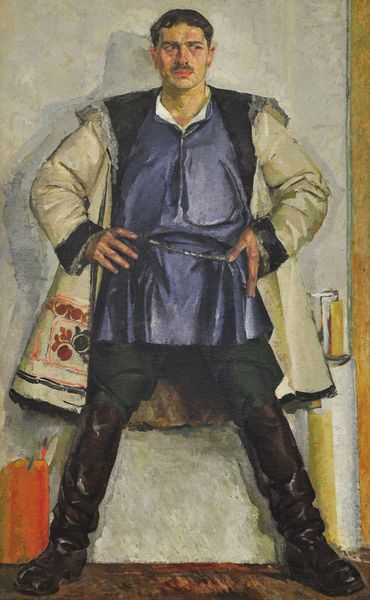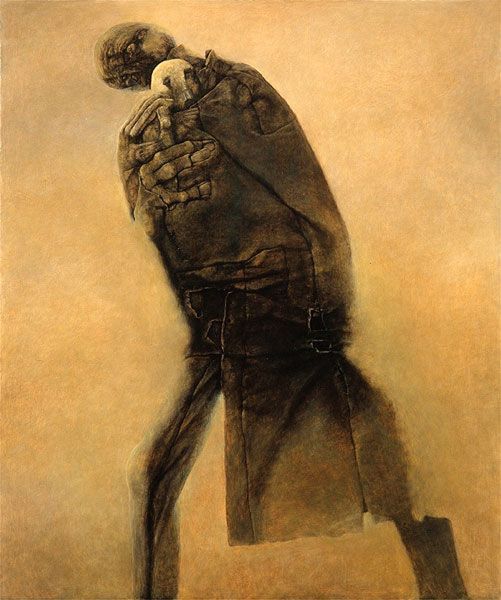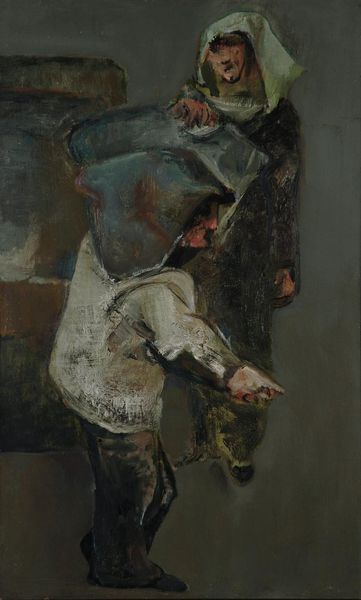
Copyright: Public domain
Vasily Vereshchagin painted this oil on canvas showing a Burlak, or Russian serf, sometime in the late 19th century. It depicts a man in tattered clothing, head bowed, holding out his cap as if begging. The painting seems a straightforward depiction of poverty and hardship, but its meaning is deeply intertwined with the complex social and artistic landscape of Russia at the time. Vereshchagin was part of the Peredvizhniki movement, also known as the Wanderers, a group of Russian realist artists who broke away from the academic traditions of the St. Petersburg Academy of Arts. They sought to depict the realities of Russian life, often focusing on the plight of the peasantry and critiquing the social injustices of the time. By using realistic imagery and highlighting the struggles of ordinary people, they challenged the conservative norms of the art establishment. Understanding the social context and the artist's intentions requires delving into the history of 19th-century Russia, reading accounts of the Peredvizhniki movement, and examining the role of art institutions in shaping artistic production and reception.
Comments
No comments
Be the first to comment and join the conversation on the ultimate creative platform.
